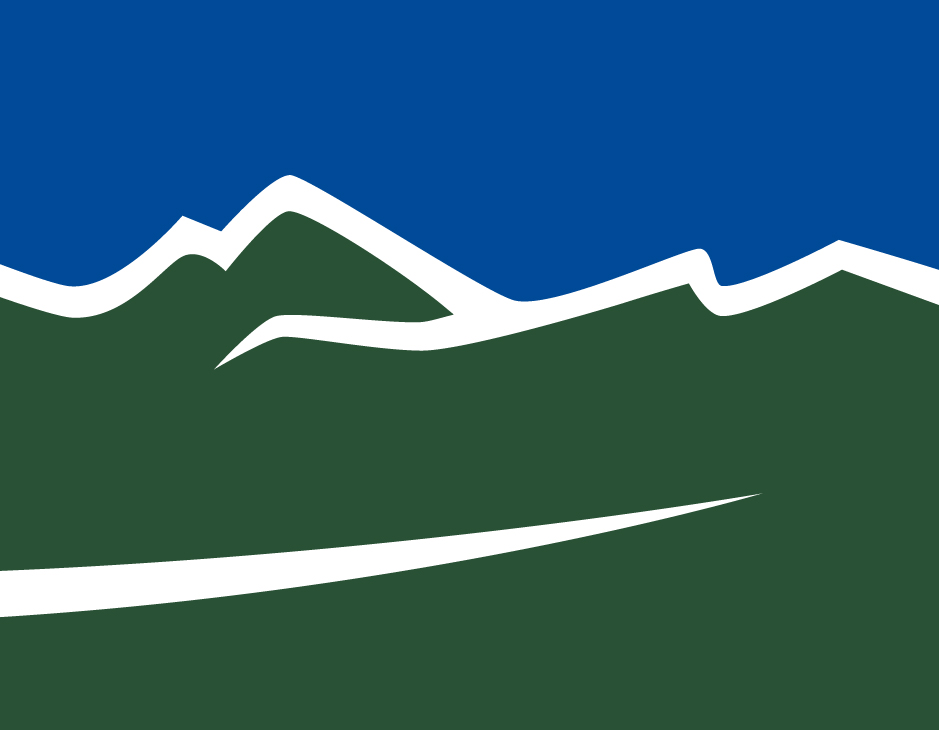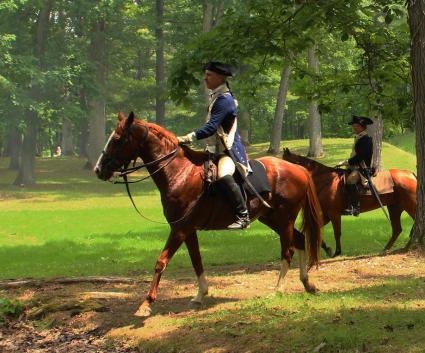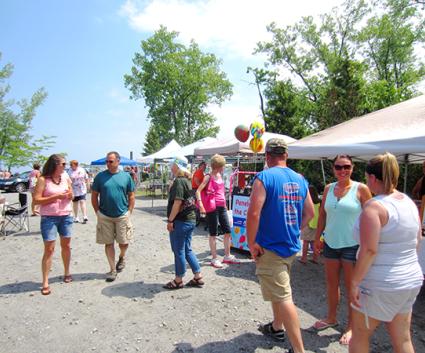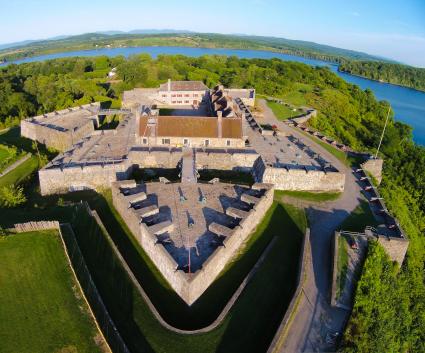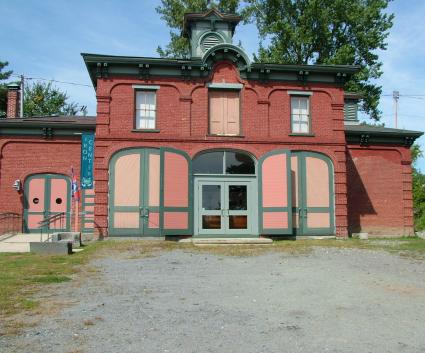It would probably come as no surprise to any reader that I am a major fan of our great Lake Champlain. I admire its beauty, its history, and its service to America. Throughout history it has aided Native Americans and migratory animals as a food source and natural travel route, offered a navigable pathway for explorers, and then played a significant role as a “blue highway” in America’s struggle for independence. It could be argued that this lake may be the most significant historical body of freshwater in all of our country! Most are aware that the lake played an important role during several wars as we Americans struggled for freedom, but the lake’s contribution to those seeking freedom did not end there. In the 1800’s, it aided another freedom quest by serving as part of the Champlain Line of the Underground Railroad.
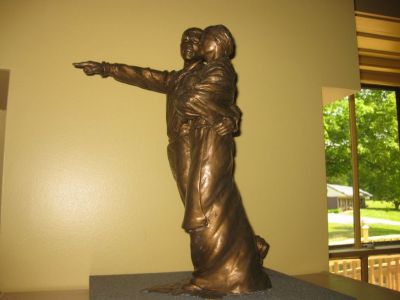
Undercover Network
I have been unable to determine where the term “Underground Railroad” originated, but it is a perfectly appropriate analogy. The Underground Railroad, of course, did not have trains, nor tracks, nor was it even underground. It was an illegal network and system to assist 19th century slaves make their way north to free states or beyond into Canada where slavery was not permitted. Predominantly these fugitives were coming from the southern states where slavery was widespread. Travel routes of the Underground Railroad were referred to as the railroad “lines.” Stop-overs or safe houses along the way were referred to as “stations.” Individuals that provided help along the way were called “conductors,” and slaves attempting to escape were discussed as “packages” or “freight.” This whole mission had to be extremely undercover and very secretive. Federal Fugitive Slave Laws were in existence compelling the return of escaped slaves and punishing those who assisted. Aiding or abetting an escaped slave could land one in jail. To add further threat beyond Federal Marshalls enforcing the law, slave owners often offered a reward for a slave’s return. This prompted bounty hunters, or “slave snatchers” as they were called, to watchdog every hint of opportunity to capture an escaped slave and return him or her for payment while exposing anyone who got in the way.
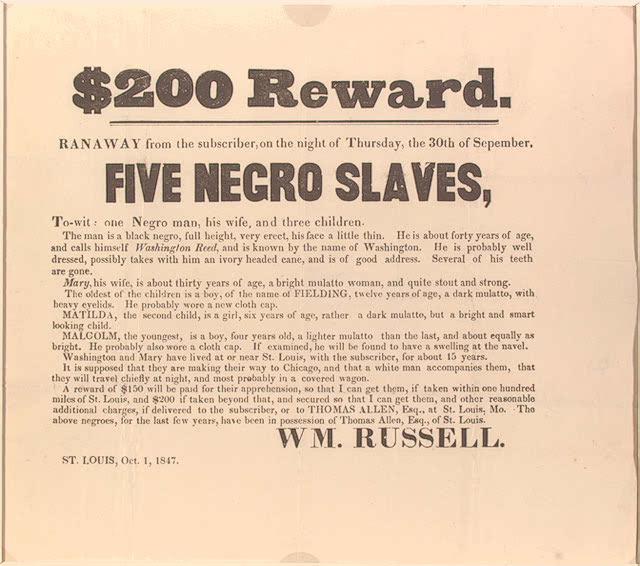
It is estimated that 100,000 fugitives escaped from slavery before the Civil War. Of those, it has been predicted that approximately 40,000 found refuge in Canada. There are no records, of course. It makes sense that many made use of the Champlain Line on their way to freedom. The Champlain Line consisted of the Upper Hudson River, Champlain Canal, and Lake Champlain. From Albany, some made their way west to Niagara Falls via the Erie Canal, but it was much closer, only about 150-miles to Canada, if traveling due north. It seems logical, but a well-traversed straight northern route might have been a bit too obvious. For safety’s sake, there had to be a great many variances to the route. The routes, therefore, have been appropriately described and compared to the upper branches of a tree; reaching out in all directions while still heading north.
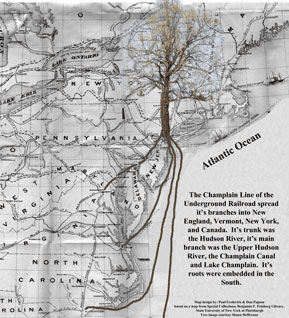
North Country Underground Railroad Historical Association
Due to the necessity of all the secrecy at this time, documentation is very hard to come by. To further impair finding any supporting evidence, southern slave states outlawed teaching slaves to read to prevent organization and the sharing of knowledge. So, discovering a fugitive’s diary or journal would be extremely improbable. Today, thanks to the diligence and extensive research of those committed to celebrating the lives of freedom seekers, we gain greater understanding and knowledge. Locally, we can thank the North Country Underground Railroad Historical Association (NCUGRHA) for what we do know about the Champlain Line, thanks to old letters and journals, newspaper articles, and diaries that local researchers have unearthed. And we can conveniently learn about it at their North Star Underground Railroad Museum. Their extensive investigation and research is ongoing permitting us to expand our knowledge continuously.
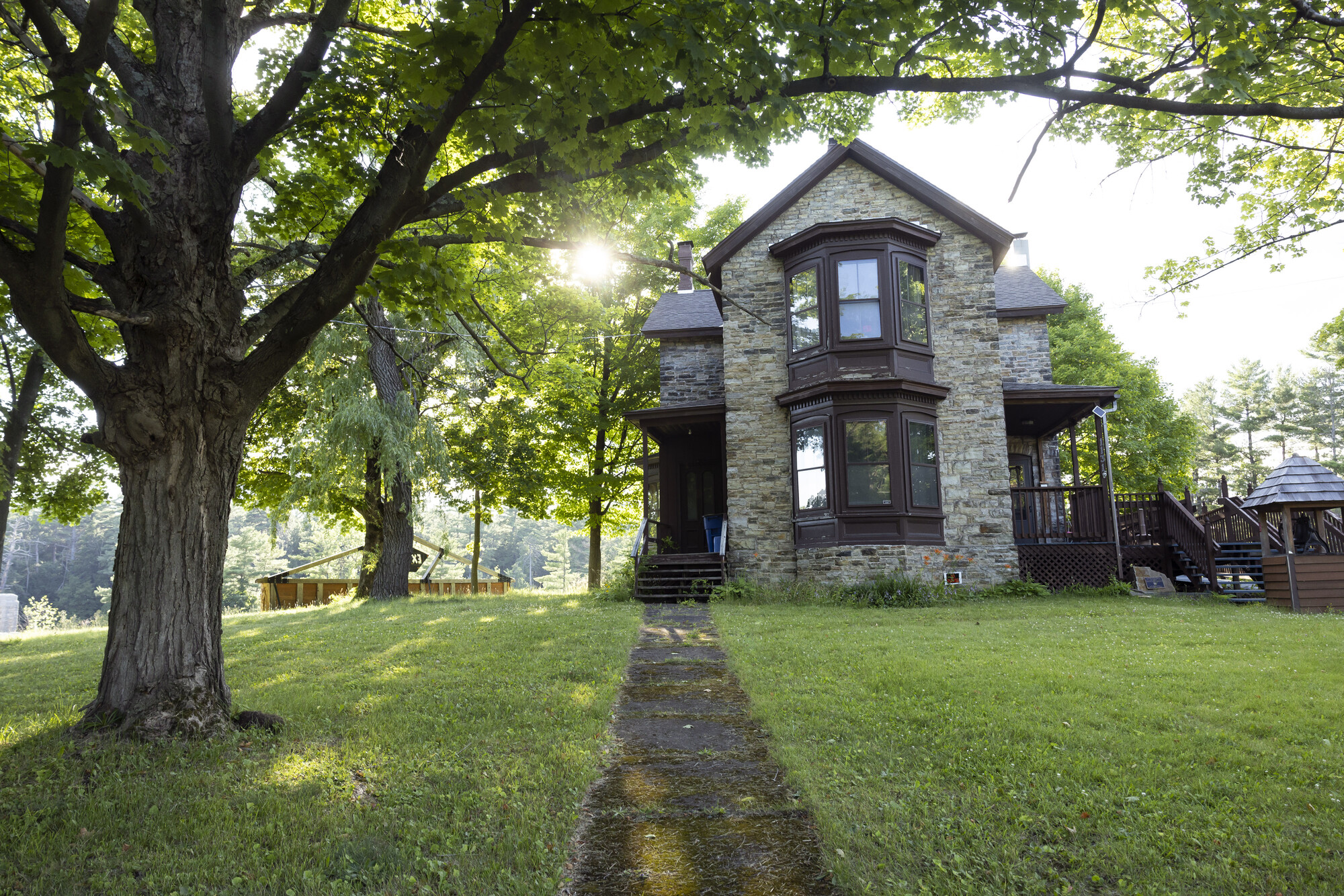
This museum opened in 2011 under the founding president, Don Papson, who has made it a mission to uncover the secrets and educate about the Champlain Line. It is located at Ausable Chasm, in the Town of Chesterfield Heritage Center. Open seven days a week from the first Saturday in May until the last Saturday in October from 9 a.m. until 4 p.m. The museum expands its hours until 5 p.m. in July and August. The multi-media and interpretive exhibits and displays inside reveal the story of the regional involvement of people, places, and organizations that contributed to the abolitionist movement.
One multi-media exhibit tells the story of John Thomas, a slave who escaped from Maryland. He managed to settle his family on his own Adirondack farm. Not all were so fortunate and we learn about this at the museum. Another exhibit identifies the local safe houses, or stations, which would provide shelter, food, clothing, possibly money, and any needed medical attention. Beginning in May, on select Saturday mornings through October, two hour mini-bus tours leave the museum. On board you can visit Underground Railroad sites in Keeseville and Peru and learn about them through an interpretive guide. Watch the events calendar or contact the museum for more information or to make a reservation.
Local Involvement
At the museum we further our appreciation of our great Lake Champlain and its additional contribution to freedom. “Lighting Freedom’s Road” is the slogan for the far-reaching efforts of the NCUGRHA, as they seek to reveal and interpret the many secrets of the Champlain Line. Peter Slocum, volunteer and Publicity Chair for the North Star Underground Railroad Museum, describes our local Underground Railroad quite simply: “it was a grassroots civil rights movement of non-violent resistance.” He told me one of his favorite parts of the local story of the Underground Railroad’s work, “around here it is about regular people: farmers, clergy, storekeepers, housewives…who determined that they simply could not abide the moral outrage of slavery and decided to do something about it." That speaks to me of the integrity of the true Adirondack spirit.
Learn more and plan a visit to the Lake Champlain Region today!




